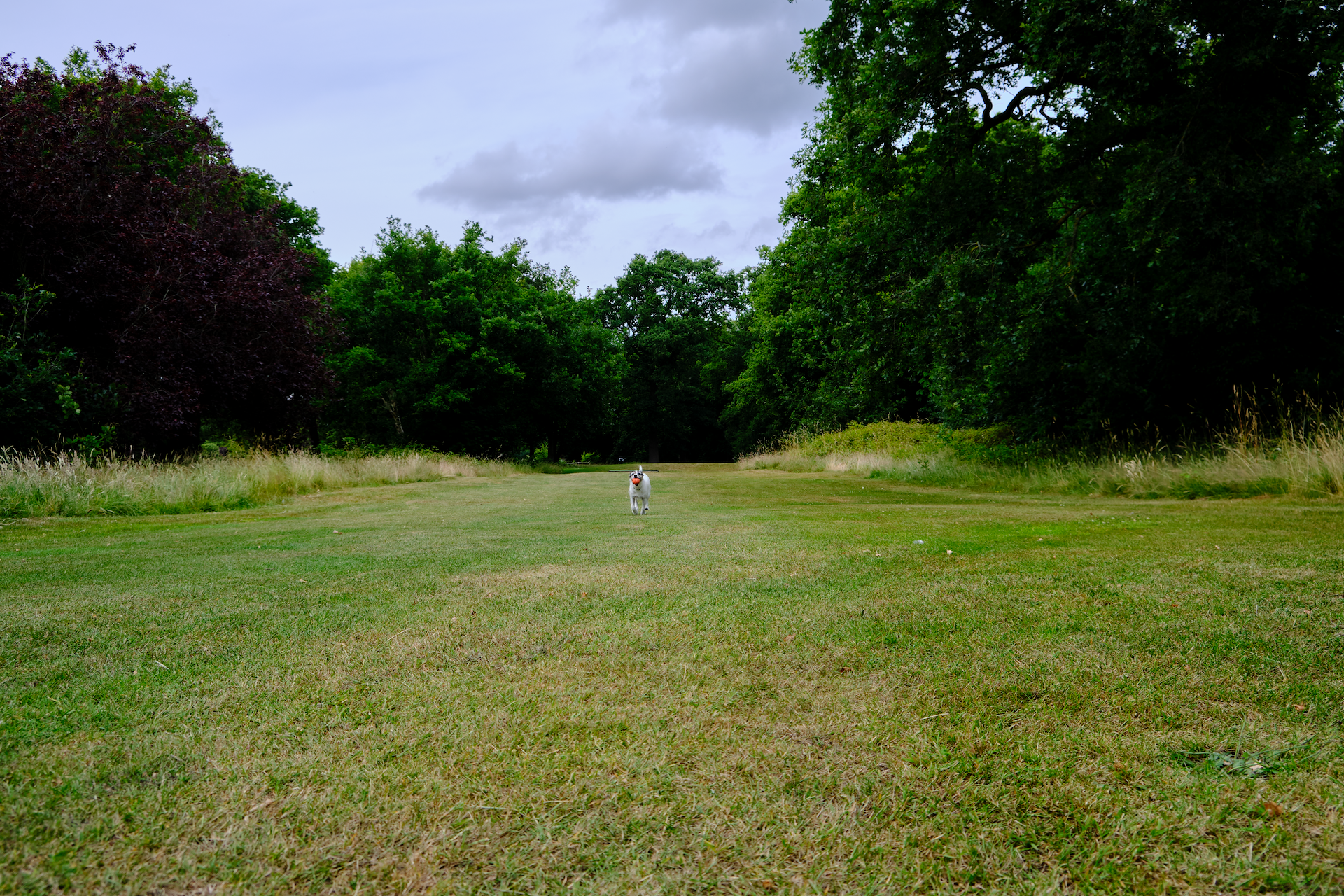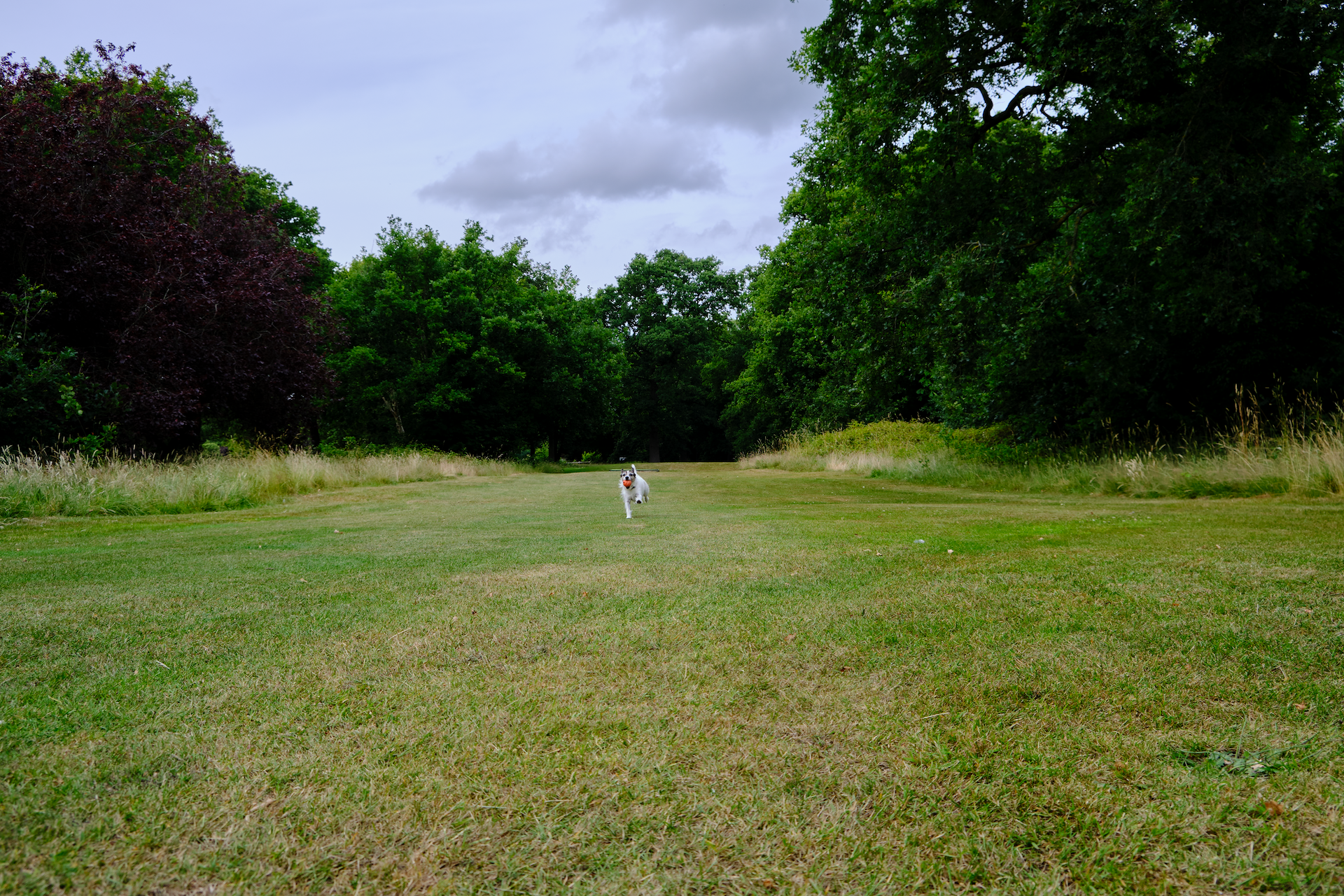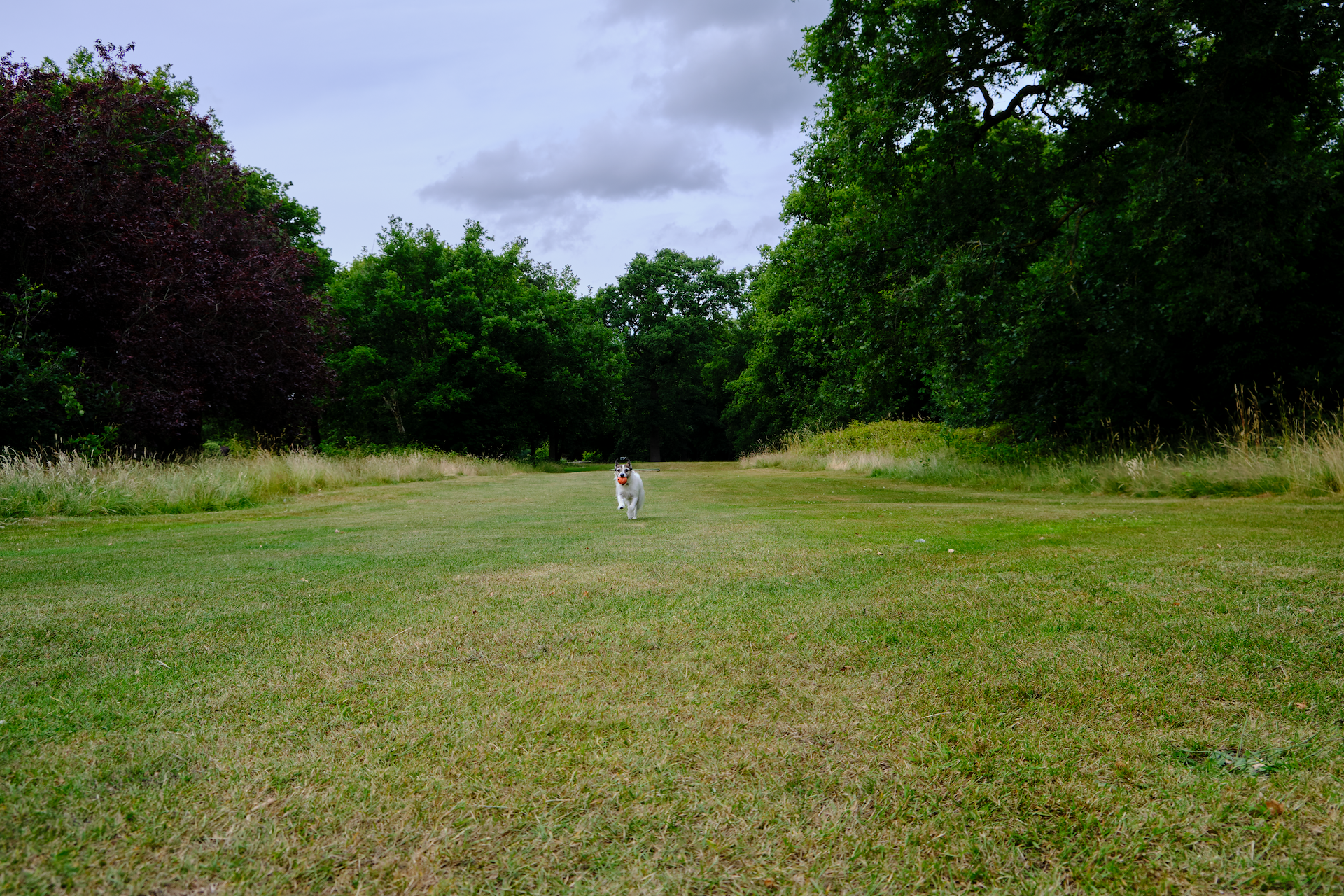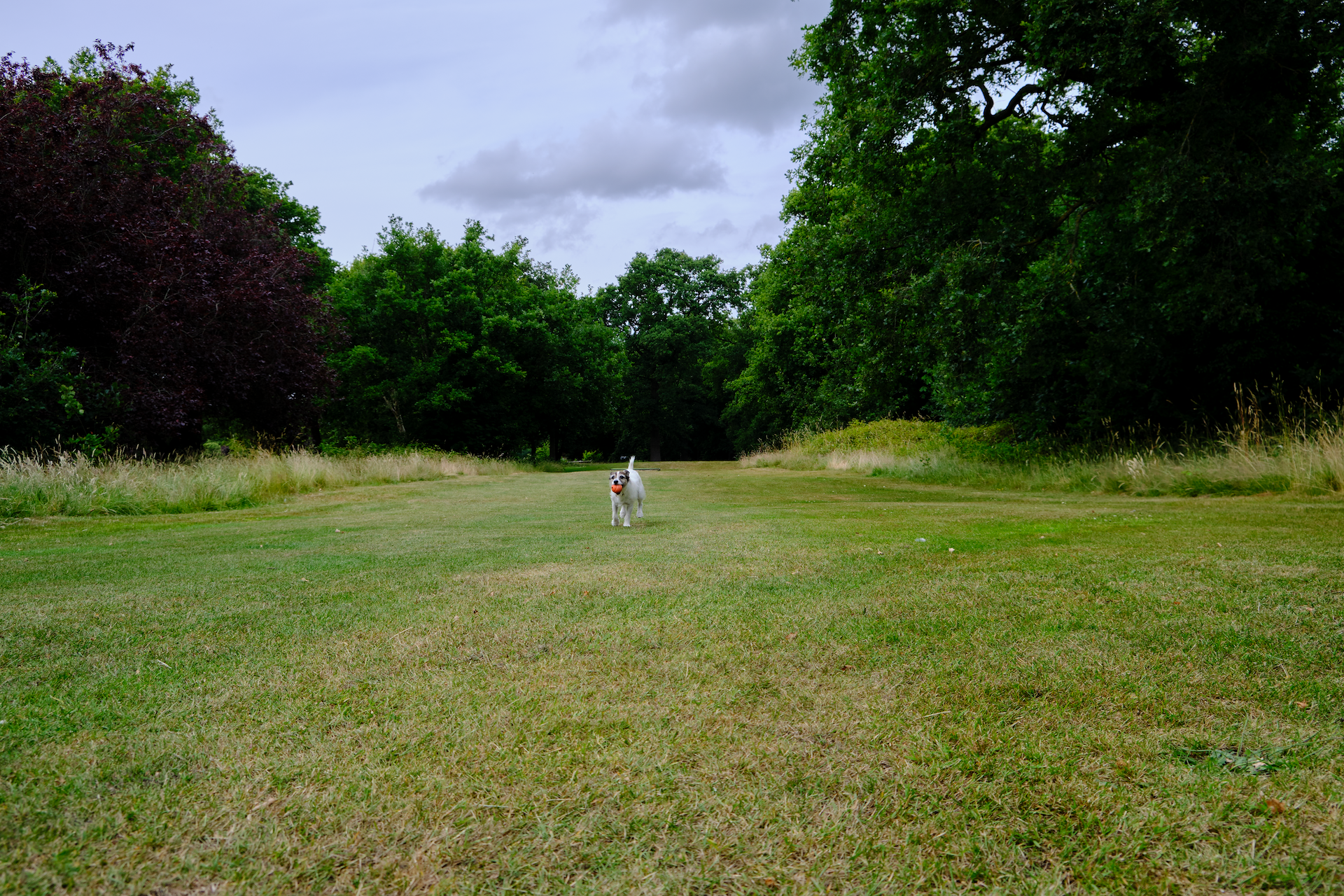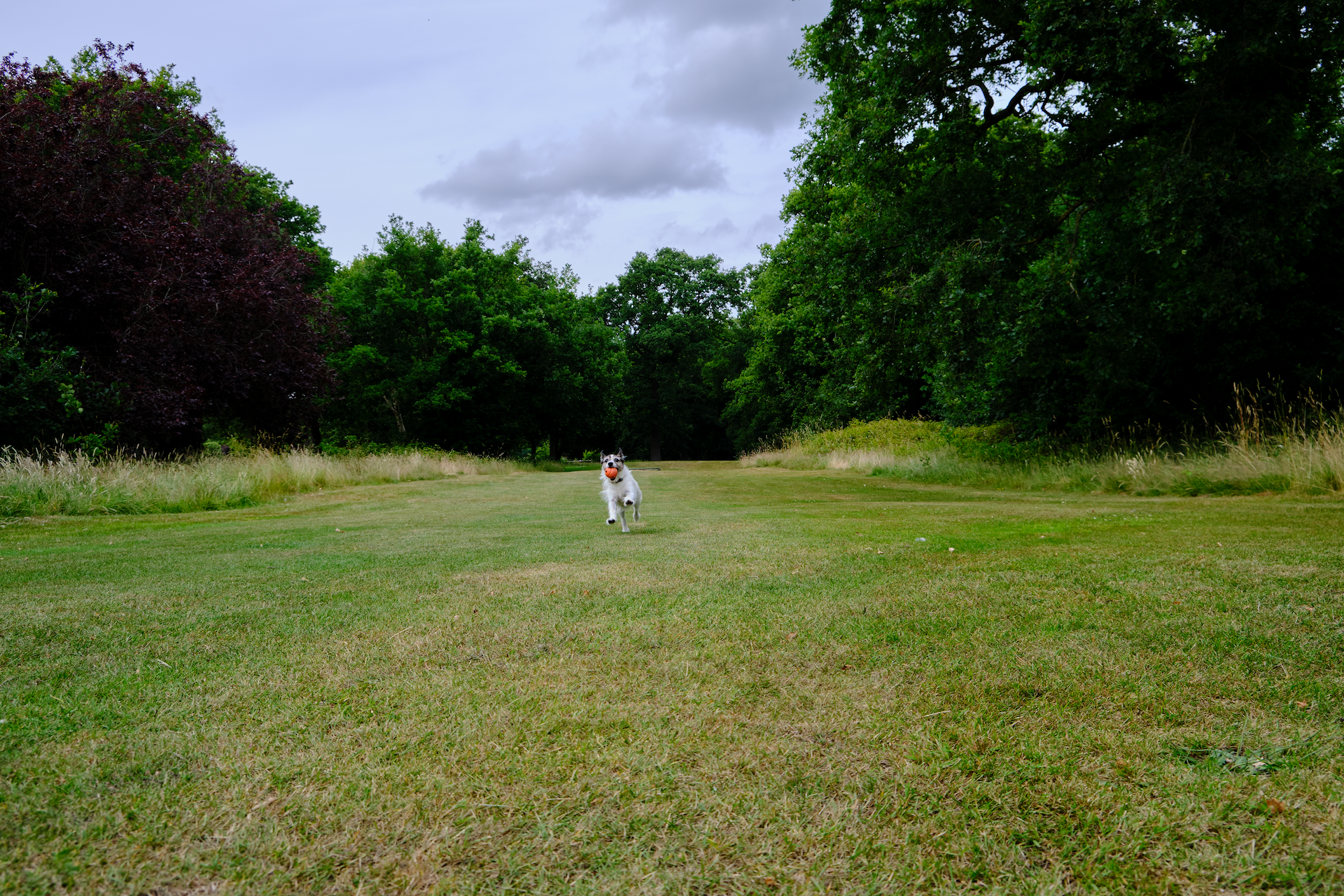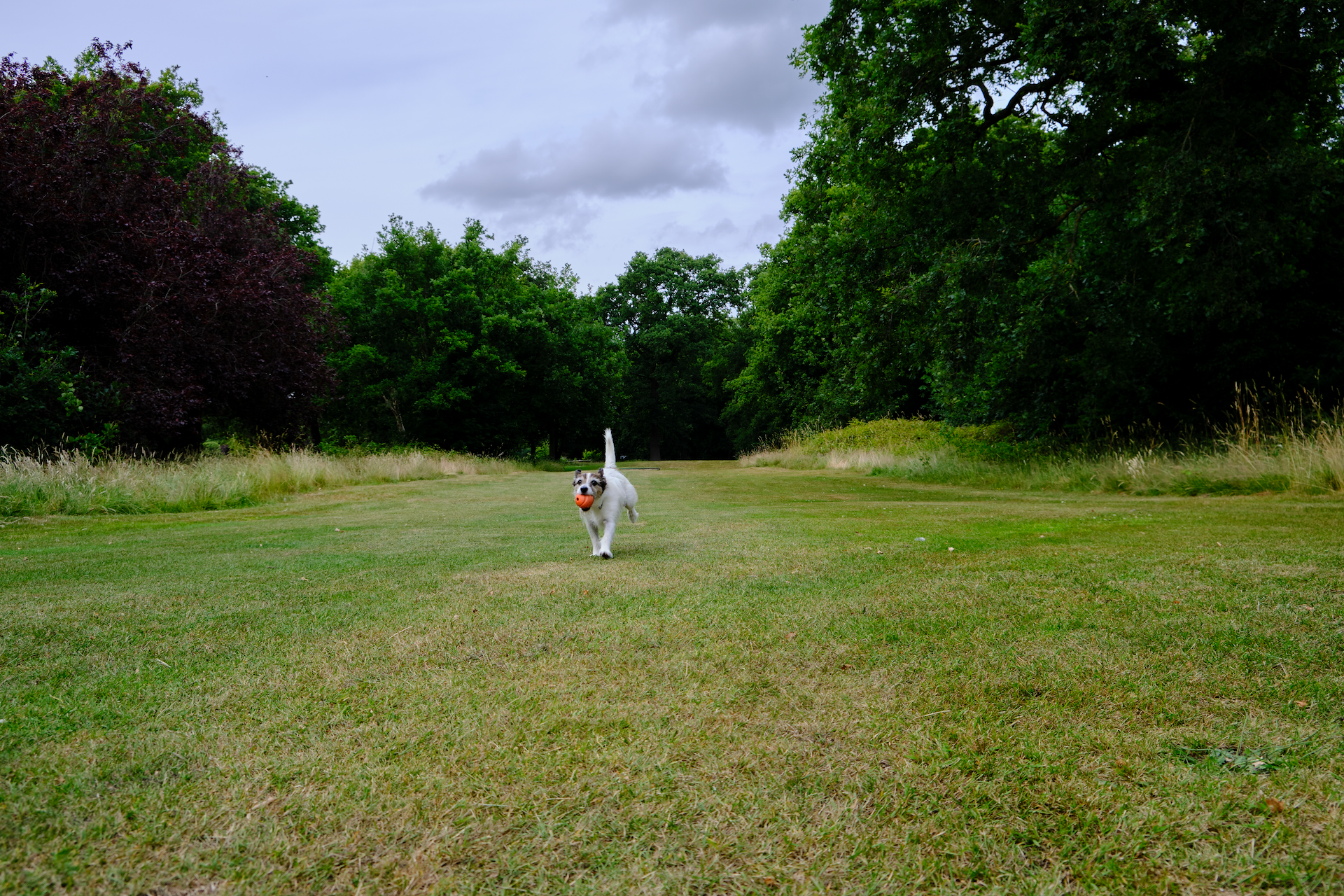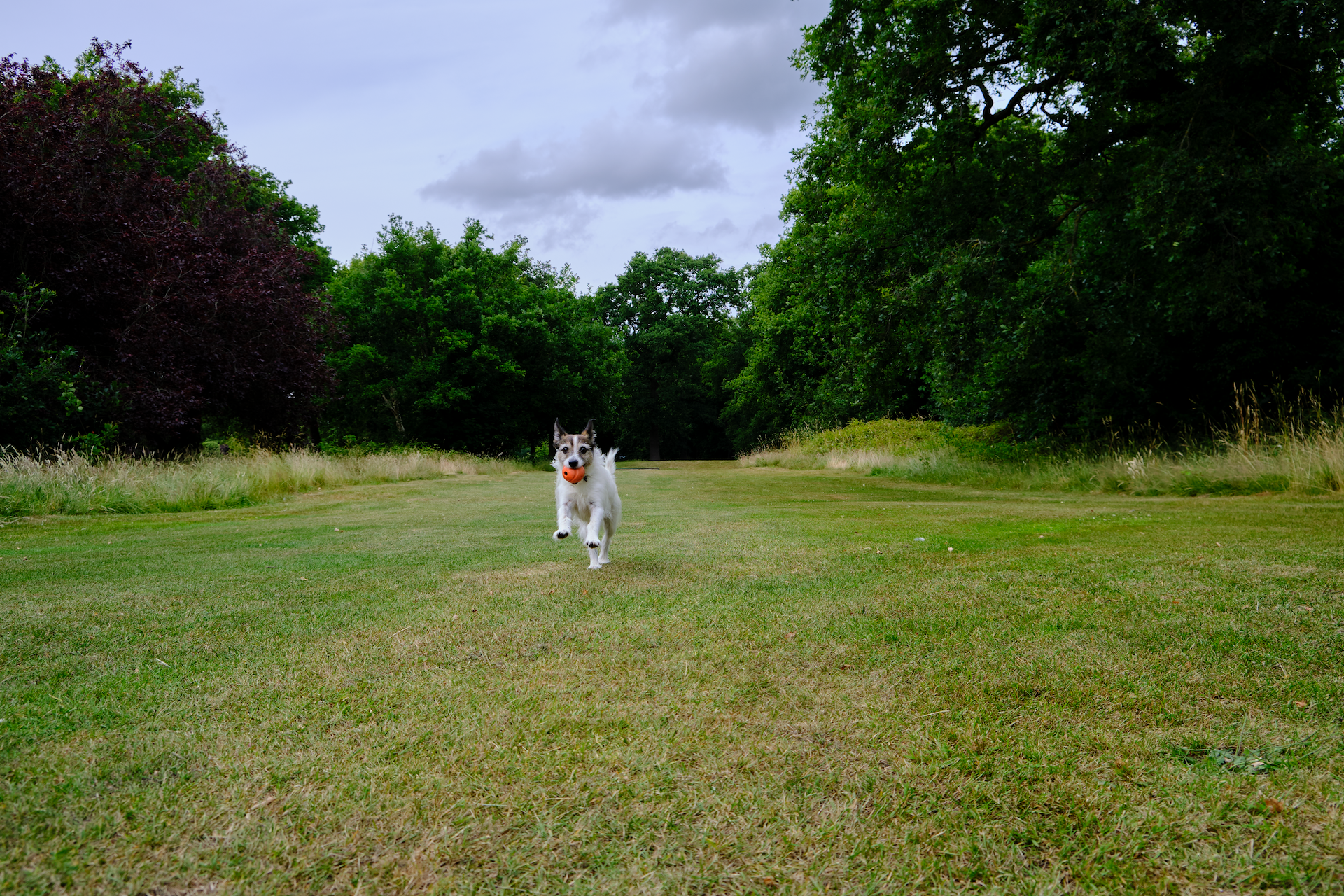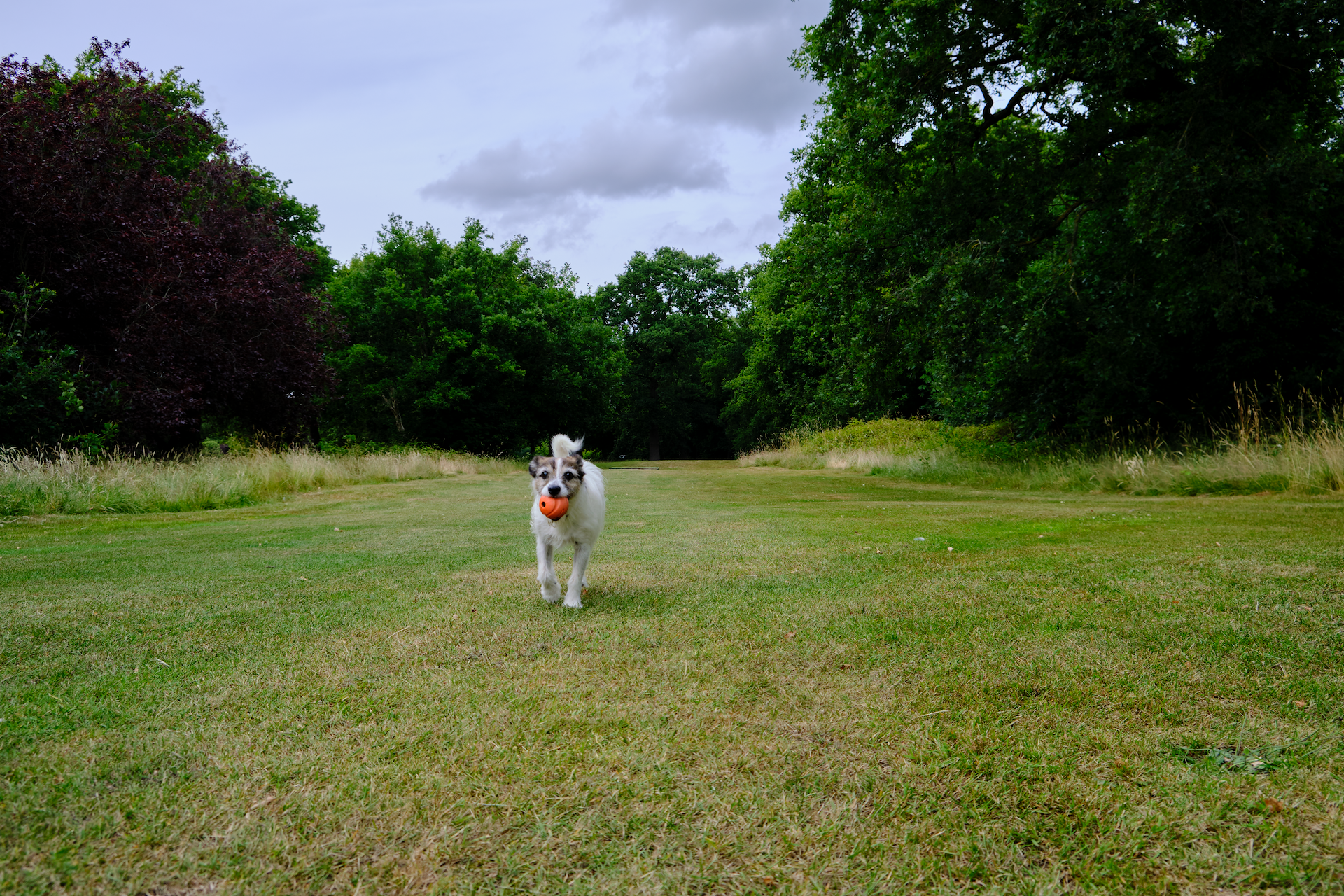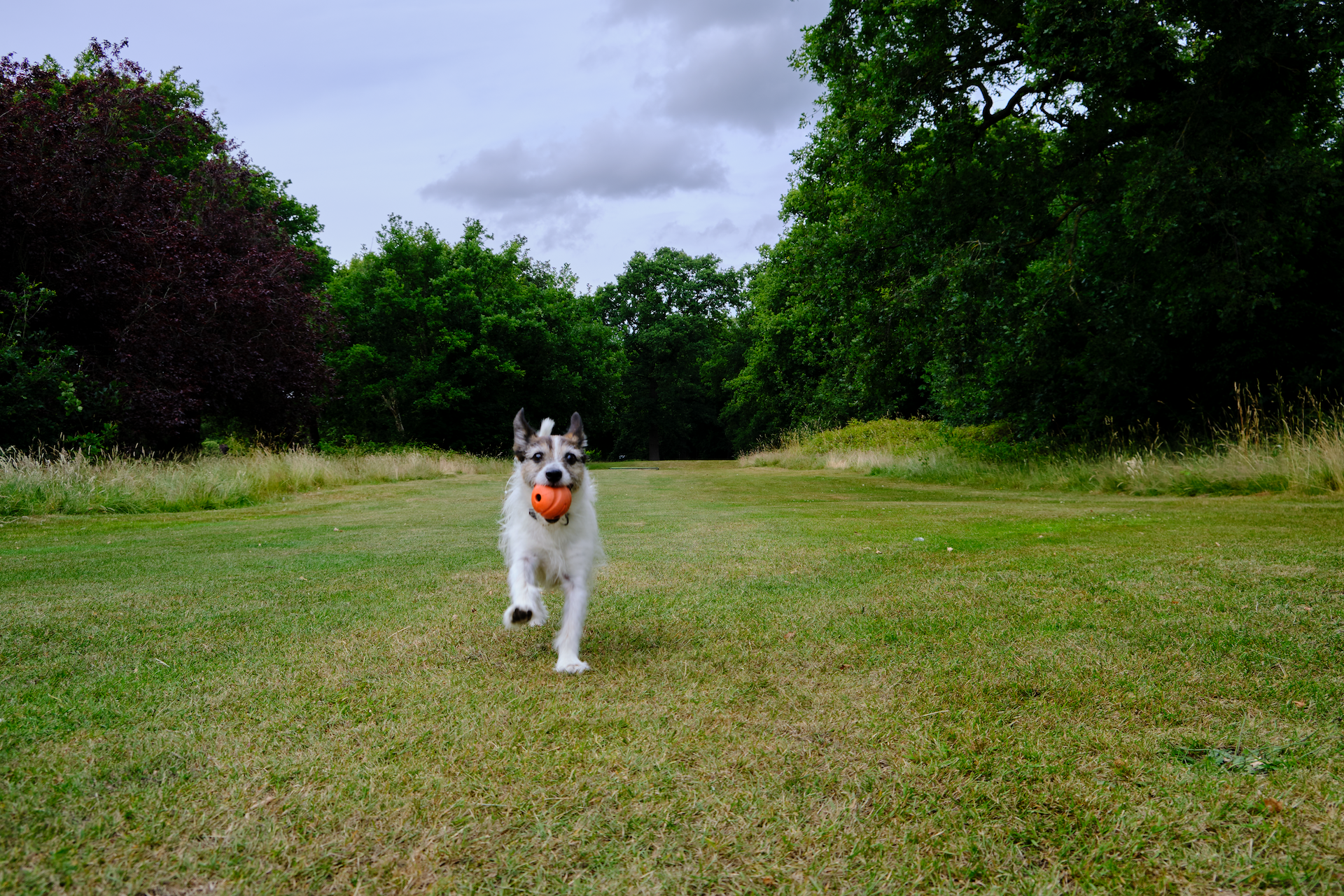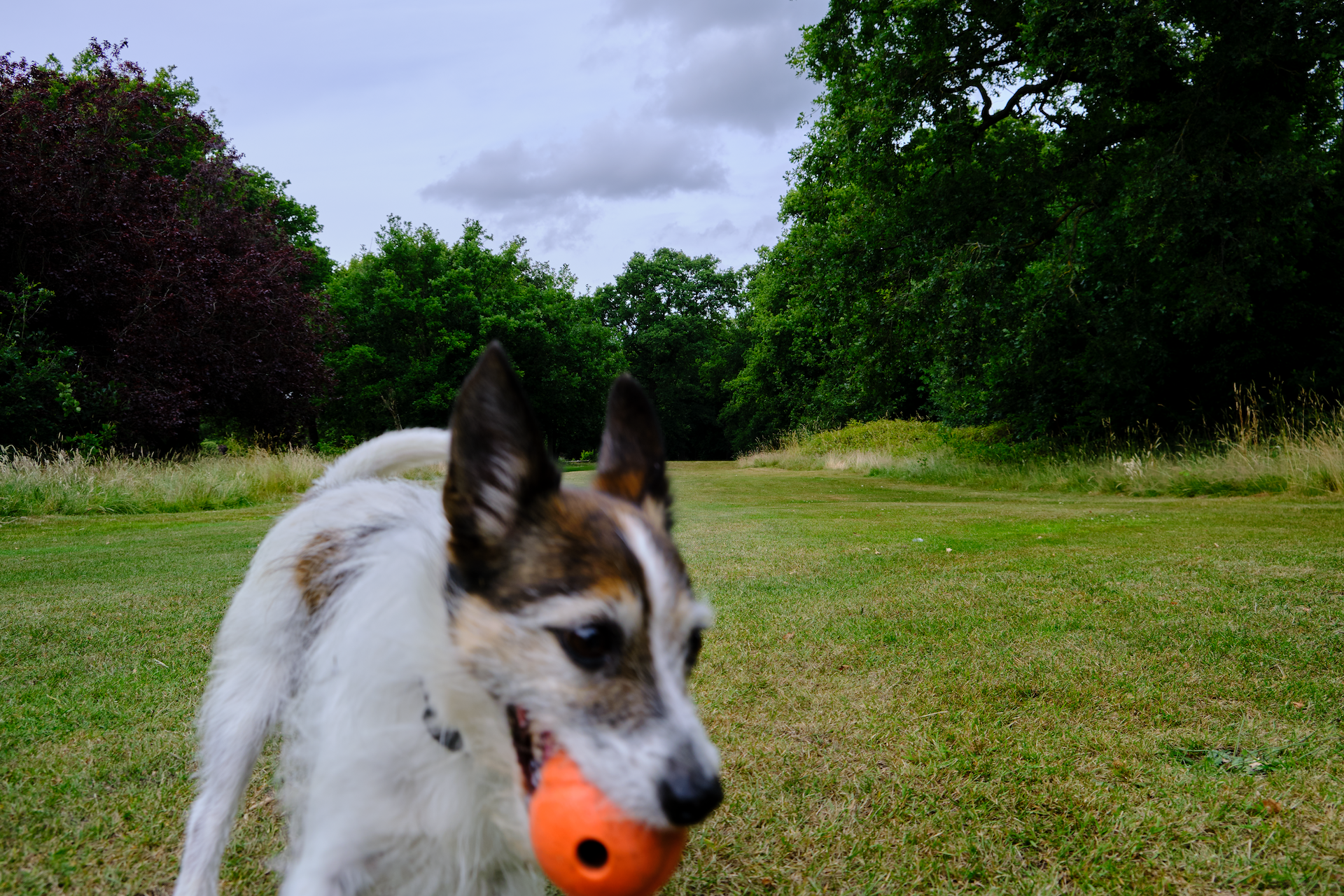Another recipe for your headtop. Sticking with the Kodak theme from Part 1, (I'll switch it up next time.) we get into "Ektachrome", which is still being updated & released to this day.
Some words on the name, history & what "100SW" is, via FujiXWeekly:
Ektachrome was a line of colour transparency (slide) films made by Kodak that used the E-6 development process. Some people preferred it to Kodachrome because of the faster ISO (100 vs 64 or 25), more saturated colours and easier development (although Kodachrome had finer grain, a larger dynamic range and didn’t fade as easily). A lot of National Geographic photographs were shot on Ektachrome back in the day.
There were a number of varieties of Ektachrome produced over the years, and I’ve used five of them myself. My favourite was Ektachrome 100VS (VS = “very saturated”), which was Kodak’s attempt at Fujifilm Velvia. Occasionally I used Ektachrome 100SW (SW = “saturated warm”), which was introduced in 1996 and produced vivid photographs with a warm colour balance. Kodak stopped production of Ektachrome 100SW in 2002 and all Ektachrome film in 2012.
"Kodak’s attempt at Fujifilm Velvia"
You don’t say! Because even though Velvia is the foundation for this recipe, I’m not really sure if it distinguishes itself from the base Velvia on Gina.
But it’s cool knowing that Ektachrome was the go-to for Nat Geo at a time.

So let’s jump into a couple of sets. First, some general heat, including a real nice butterfly I managed to get close to:








And then I got lazy, so here’s the dog slowly coming at me:
With that said, I don’t think I’ll be keeping this recipe. The recipe is too close to base Velvia for my taste and there’s plenty of recipes out there that make more of an effort; but it’s still fun to learn about the history nevertheless.

Charlie Taylor
chillicharlie.taylor@gmail.com
Born in Camden, North London.
Bred in Leigh-On-Sea, Essex.
Screenwriter/Podcaster/Photographer/
Hip-Hop Student.
